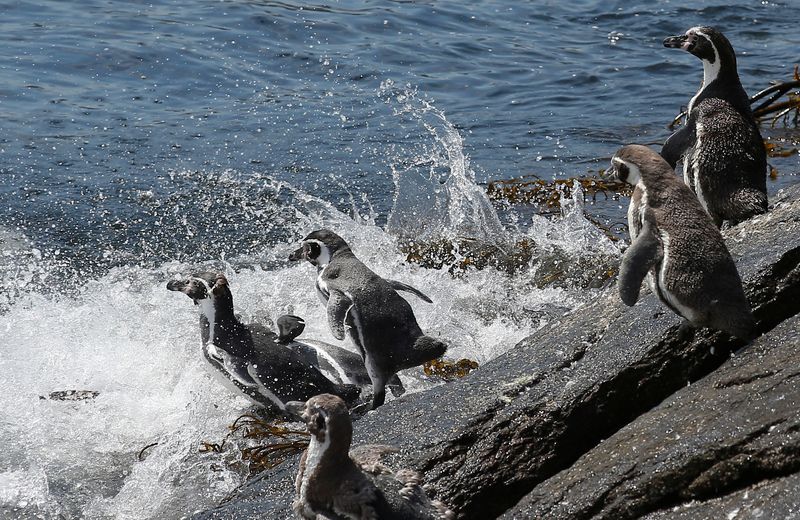Home / Environment / Endangered Humboldt Penguins Struggle to Survive in Chile
Endangered Humboldt Penguins Struggle to Survive in Chile
11 Nov
Summary
- Humboldt penguin population has declined from 45,000 to under 20,000 since late 1990s
- Chile's Environment Ministry recently reclassified the species as "endangered"
- Threats include overfishing, habitat loss, pollution, and climate change impacts

As of November 11, 2025, Chilean scientists are warning of further risks to the world's shrinking population of Humboldt penguins, one of the few species that live on rocky coastlands in more temperate regions. Chile's Pacific coast is home to 80% of the global Humboldt penguin population, but their numbers have dwindled significantly in recent decades.
According to estimates from the Universidad de Concepcion, the Humboldt penguin population has declined from around 45,000 in the late 1990s to fewer than 20,000 as of the present day. International organizations have long considered the species vulnerable, and commercial trade has been prohibited. However, late last month, Chile's Environment Ministry reclassified the seabird as "endangered," a move that has raised further concerns about its future.
Biologists fear the Humboldt penguin's numbers will continue to decline due to a range of threats, including competition for food from commercial fishing, habitat loss, pollution, bird flu, and the worsening impacts of climate change. Experts warn that if these threats persist, the species could quickly move from endangered to critically endangered, and potentially face extinction.
Efforts to protect the Humboldt penguin have so far fallen short, with calls for stricter legislation to ensure sustainable fishing practices and the preservation of the species' natural habitats. As the struggle to save this iconic seabird continues, the future of the Humboldt penguin in Chile remains uncertain.



